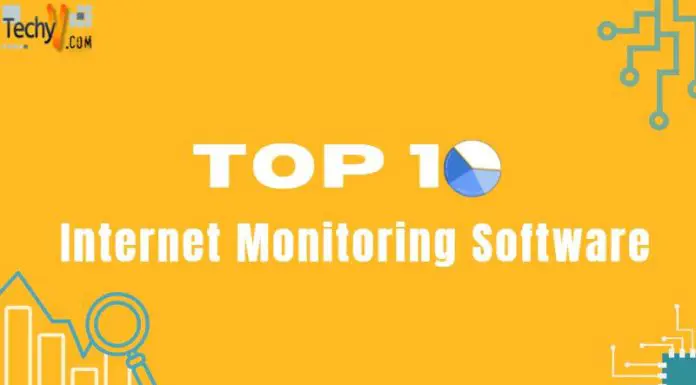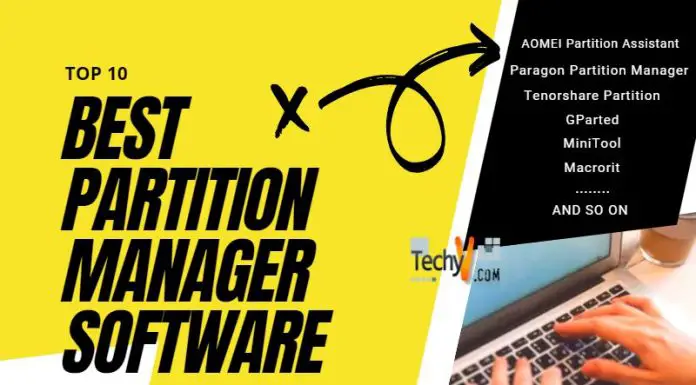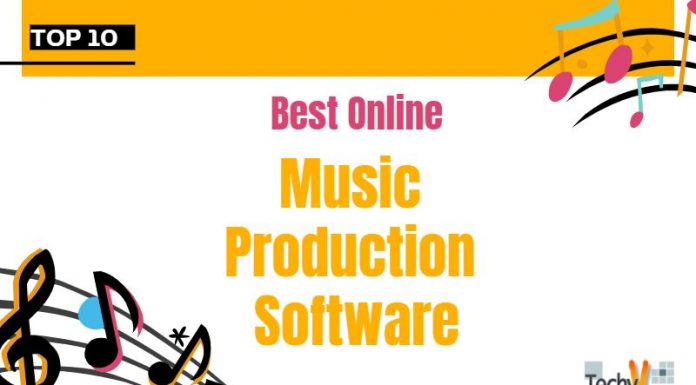Archive
OWA, its Features and Benefits
There was the Exchange Web Connect, then Outlook Web Access, and eventually Outlook Web App. Microsoft's reluctant embrace of web-mail services had a rocky start, but it did not prevent this extension from stealing a place in the very core of Exchange Servers. Of course, you won't know it from OWA's web interface, and its uncanny resemblance to the Outlook client. Briefly put, you use OWA when you don't have access to a desktop application of Outlook, which is an increasingly common possibility in these nomadic days. In addition to email (it supports S/MIME encryption),... Read moreBenefits of Using VBA and VBS with MS Outlook
Ever thought of tailoring some extra functionality into your Microsoft Outlook? Even if you program in other languages, such as VB.NET or C#, $, you might want to consider VBA or VBScript. In this article we will take a look at both, and see how well they mesh with Outlook. With little fanfare, Visual Basic celebrated its 20th birthday this year. In these two decades, the straightforward language and its user-friendly integrated development environment (IDE) have spawned a number of derivatives, all reliant on Microsoft's Component Object Model (COM) (for instance,... Read moreA Review of Features of Different MS Outlook Versions
As with most people coming of age, Microsoft Outlook has changed considerably in the last decade. The personal information manager (not to be confused with the e-mail and news client) has been with us since the olden days of MS-DOS, and was last released on the Windows platform in June 2010. For many, Outlook is just another e-mail client but this software also includes a phone book, a calendar, notes/journals and a hotchpotch of many other functionalities. Virtually anyone can use it: POP/IMAP standardization means that it works with most web-mails.... Read moreRevealing Top 100 Tips and Tricks for Microsoft Office 2007
Here are some tips for Microsoft Office 2007, which will bring more ease in your life and will enable you to make a moderate master of this amazing suite with just one read! Tip 1 - You can easily manage to maximize strength of your MS Office Suite 2007. Tip 2 - It allows you to draft a file rearward compatible. Tip 3 - You can save your office files in the form of Web Pages. Tip 5 - You can computerize office assignments with the help of Macros. Tip 6 - It allows... Read moreTop 100 tips and tricks for Microsoft office 2010
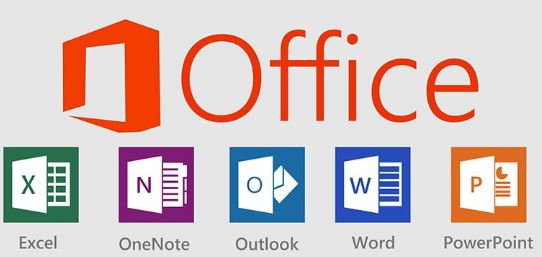
- You can take screen shots of any application by the in-built “screen capture tool” in Microsoft Word 2010.
- It has an office web application as a tip.
- It has a screen clipping tool as well.
- It has a feature that allows you to remove the images on the background by making the background transparent.
- It has an outlook feature that shows you your experience. It can tell you if you are out of your quota. It can also show you if... Read more
CMS, its Features and Types With Comparison
What is a CMS?CMS means Content Management System. It is used to manage and maintain the content of a website i.e. it enables a web administrator or a web author to create, delete, organize and edit web pages.
A CMS includes the functionalities of:
a) Content Creation:
- Getting content from FTP or other tools
- Aggregating information from RSS Feeds
- Offering an easy-to-use editor like WYSIWYG
- Templates and Tags system
b) Content Management
- Workflow for authors, editors and administrators
- Localized information, translation services
- Personalized information based on user habits
c) Content Delivery
- As... Read more
Cloud Computing, Its Need and Benefits
Cloud computing is a system for distribution of resources and technological advancements. It works with defined set of connections, software solution and services through the use of a secured network. This is a major achievement in information technology. Cloud computing is used where the client has to sort through massive amount of data in a very short time. So when we talk about cloud computing, we must understand the circumstances that led to this diverse yet very successful system. These factors included: 1) Ever expanding labor costs and charges. 2) High energy consumption charges. 3) Ever increasing... Read moreAmazing Services of Application Layer
An Application layer provides services to the user. It is the last layer of OSI model. It provides services like mail, access web, network management, file transfer and access etc.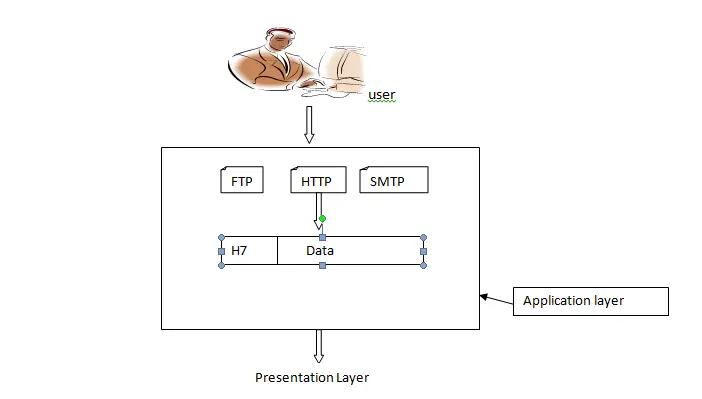
- One of the services of Application layer is Network virtual terminal .It allows users to log on to remote host. If we want to access any computer in the world, we first want to know what type of computer we will be connecting to. We must install specific terminal emulator used by that computer. Telnet (Terminal network) provides services such... Read more
Role of Active Directory Auditing in Security
Chalk it up to human nature, but it is all part of the job when you are running servers. Political scientists put it nicely when they ask, "Where and when does who gets what?" Who's logged on to which computer? Which resources are they requesting? This tracking and logging of who is accessing which resource from computers on the network is called auditing. Of course, we know there are all sorts of logging and auditing tools lying around. The problem doesn't lie in accessing the information, but rather picking out the useful bits.... Read moreInternet Explorers Beyond Knowledge
In this Millennium time, all of the ideas and minds of the educators though neither beginners nor professionals mostly depends on this technology, through the internet. We read, research, play and explore everything. Oftentimes we found ourselves rely about everything and anything just to keep our work done easily.









